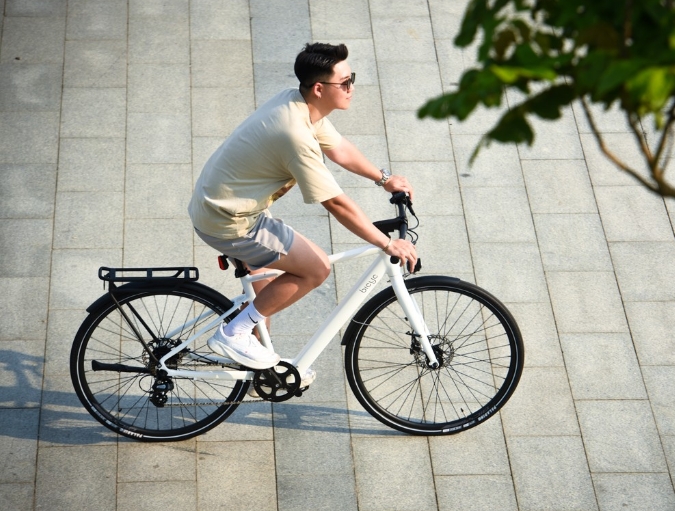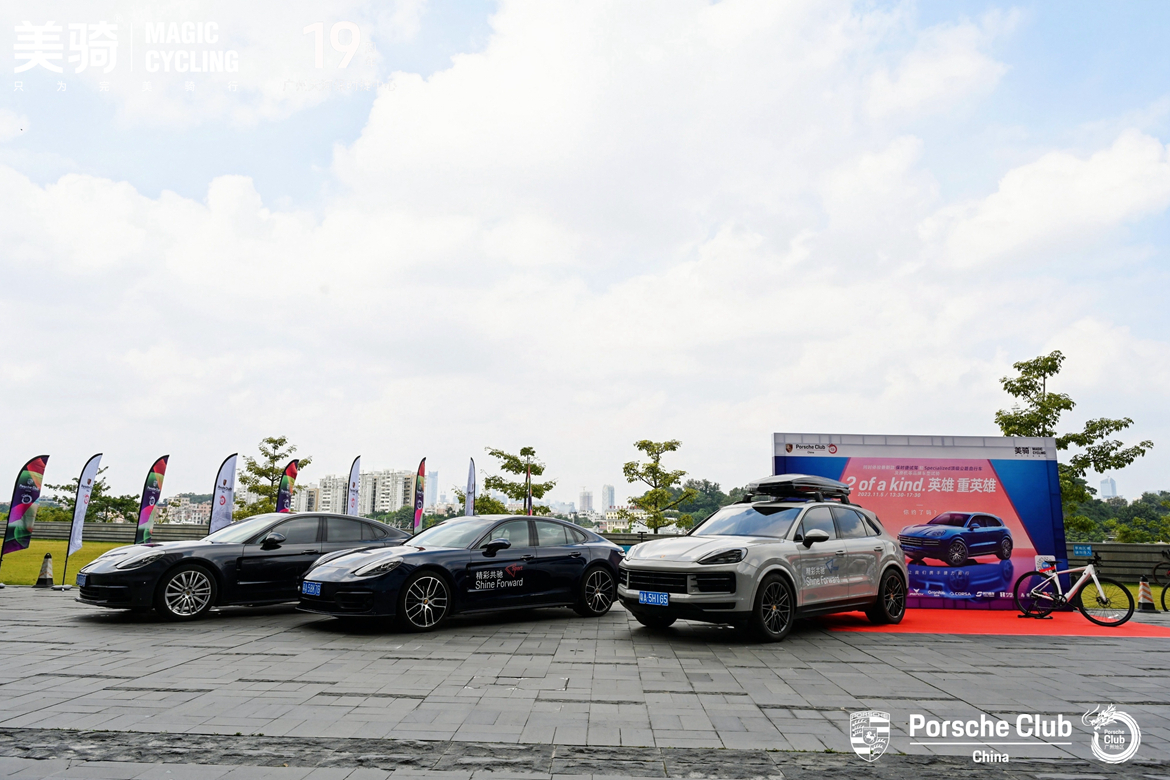How to charge scientifically to extend battery life
If you bought a bike last year, maybe it was an e-bike. Electric-assist bikes are currently the fastest-growing model in the U.S., and in 2021, they will surpass road bikes to become the third-largest category of bicycles. There's a reason why e-bikes outsell e-bikes. The lightweight motors on e-bikes provide great power for a variety of riding conditions, especially commuting and errands. 
Here's how to charge an e-bike that's best for the battery.
The Basics of Safe Charging
Kunal Kapoor, Quality Manager at Bosch, a leading supplier of e-bike motors, said: “The battery should be charged indoors with a suitable charger, while the e-assist system is switched off. Although the motor, battery and wiring of e-bikes are protected against Weatherproof, the charger is not suitable for outdoor use".
With modern Li-ion batteries, when the battery signals that it is accepting a charge, the battery monitoring system in the charger ensures that the temperature inside the battery is optimal to start charging, and disconnects power when needed. A non-brand charger, even with the same rated output, does not have all the features of a battery management system, so even if the temperature rises, current will flow to the battery, and there is a risk of short circuit fire.
Although the chances of a battery short-circuiting and catching fire are very low, it is recommended that we do not leave it unattended while charging. We can charge the battery on the bike or remove it as long as it's not on or near flammable items (like a spare gas can in the garage). If you're looking for a cheaper electric-assist bike with your own or unbranded motor and battery, make sure the battery and charger carry the Underwriters Laboratories' UL 2849 seal of approval. This is the industry-wide standard for safe power systems and battery charging for e-bikes. Some bike shops refuse to maintain electric-assist bikes that don't have this type, citing the risk of fire in the shop overnight.
How to optimize battery life and life
Let's start with the principle. Endurance is essentially run time: how long a battery will last on a full charge, expressed in mileage. Even on the same bike, the range can vary, and on a flat commute with just a light backpack, you can get farther than a full-loaded uphill trip home from the supermarket. Most e-bikes these days have a range of between 25-75 miles, depending on road conditions.
Lifetime refers to the number of times a battery can be discharged and charged before it begins to lose significant capacity. When the capacity starts to drop, you won't notice less power, but you will feel the battery start shrinking. A typical lifespan benchmark for an e-bike battery is 500 "full" discharges/recharges (if you use half of the battery's capacity and then recharge, that's half a cycle), around 3 to 5 years of normal use the battery capacity starts to notice the decline. While battery life and longevity are not the same things, they are linked, and the act of reducing battery life can also shorten lifespan over time. A major reason, Kapoor says, is more use of assist, such as keeping it in Boost or Turbo mode all the time, which means the ride is increasingly reliant on the power of the motor rather than assisting on hill climbs or in poor form. This will make the battery charge more times and shorten its lifespan. A less obvious factor that can cause engine and battery stress is cadence. Most e-bike motors are efficient at around 70-90 revolutions per minute. Cadging too fast may reduce efficiency, of course, it is more common to use large gear ratios and cadence too slow resulting in poor efficiency. It's the same as a "drag engine" in a car, whether it's gasoline or electric when the motor needs to "work harder". "Choose your gears wisely and try to keep the best cadence at 70-90 rpm.
A wrong operation that damages the battery
When you buy a new e-bike, you should fully charge the battery before riding it, since it has been idle for a while.
If you do not ride the bicycle for a long time, you need to check the battery once a month and recharge it when the battery is lower than 30%. Lithium batteries are less affected by cold weather than other types of batteries, and you'll hardly notice a reduction in range during a ride unless it's really cold. But researchers at the U.S. Department of Energy recently found that storing lithium batteries below low temperatures for extended periods of time can damage part of the battery's cathode, reducing battery capacity. Lithium batteries also do not charge efficiently at low temperatures. If you store your bike outside or in an unheated area, and live in sub-zero temperatures, bring the battery indoors when not in use, says Kunal Kapoor. Also, protect the battery from extreme heat, such as by placing it next to a sunny window or a hot car. The excess heat can raise the battery temperature enough to damage its components; in extreme cases, it can cause what is known as thermal runaway, where the battery enters an unstable, uncontrollable state of self-healing that can lead to a fire.
Plus, you don't need to charge it after every ride. Charging the battery ahead of time sounds smart, but it reduces capacity faster over time. If you can go 50 miles on a charge and ride 10 miles a day, you only need to charge it every 3 to 4 days, and even if you take good care of the battery, it will lose capacity over time. Capacity is a major indicator of battery health, so if you notice your range drops to 70 percent or less of what it was on a new bike, that's a signal to plan a battery replacement. If your battery is less than two years old and has a capacity well below its original capacity, it may be subject to a warranty claim (terms vary by manufacturer). If it's not a warranty issue, when to replace is a matter of personal preference. "If you started out with 50 miles of battery life and now it's only 40 miles, and you can live with 40 miles of range, I don't recommend replacing it. Don't worry, though, batteries with reduced capacity are still safe. Be sure to buy regular brand batteries. Just like the battery and charger should be paired.
Also, never try to repair a damaged battery or let someone else do it, even though some guides claim it can. While e-bike batteries are almost always made from standard 18650 cells, which are used in a wide variety of products (even electric vehicles), these batteries come in a variety of different chemistries, capacities, and currents, with slightly different Caution increase the risk of fire. If you need a new battery, get one. The dealer who sells your brand of bike can order that brand of bike battery or a replacement directly for you. The price of batteries varies by battery size and brand, but the cost plan to buy a new one is $400-$800. Dealers can also recycle your old batteries. A new program from Call 2 Recycle offers free e-bike battery recycling (paid for by bike and car brands) at partner stores in nearly every major city and many smaller cities. Why recycle? Even used batteries, whose raw materials can be remade into new batteries, have lower energy costs and less environmental damage than producing batteries from virgin materials. Waste lithium batteries also pose a fire risk in landfills and leach toxic metals and other chemicals into the soil and air.
In case of fire
Battery fires are rare, but still possible. If your battery gets too hot while charging, unplug the charger immediately. If possible, store the battery in a metal container, such as a bucket (preferably a bucket full of sand), away from any flammable items.
 MagicCycling Unveils a Host of New Brands and Products at 2024 China Cycle
MagicCycling Unveils a Host of New Brands and Products at 2024 China Cycle
 E-bike makes riding more enjoyable!
E-bike makes riding more enjoyable!
 Magiccycling & Porsche test drive event was successfully held!
Magiccycling & Porsche test drive event was successfully held!